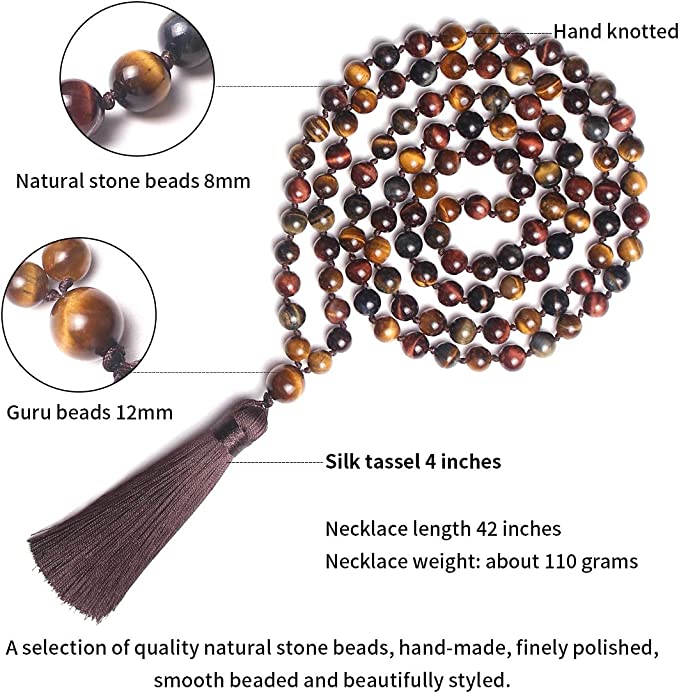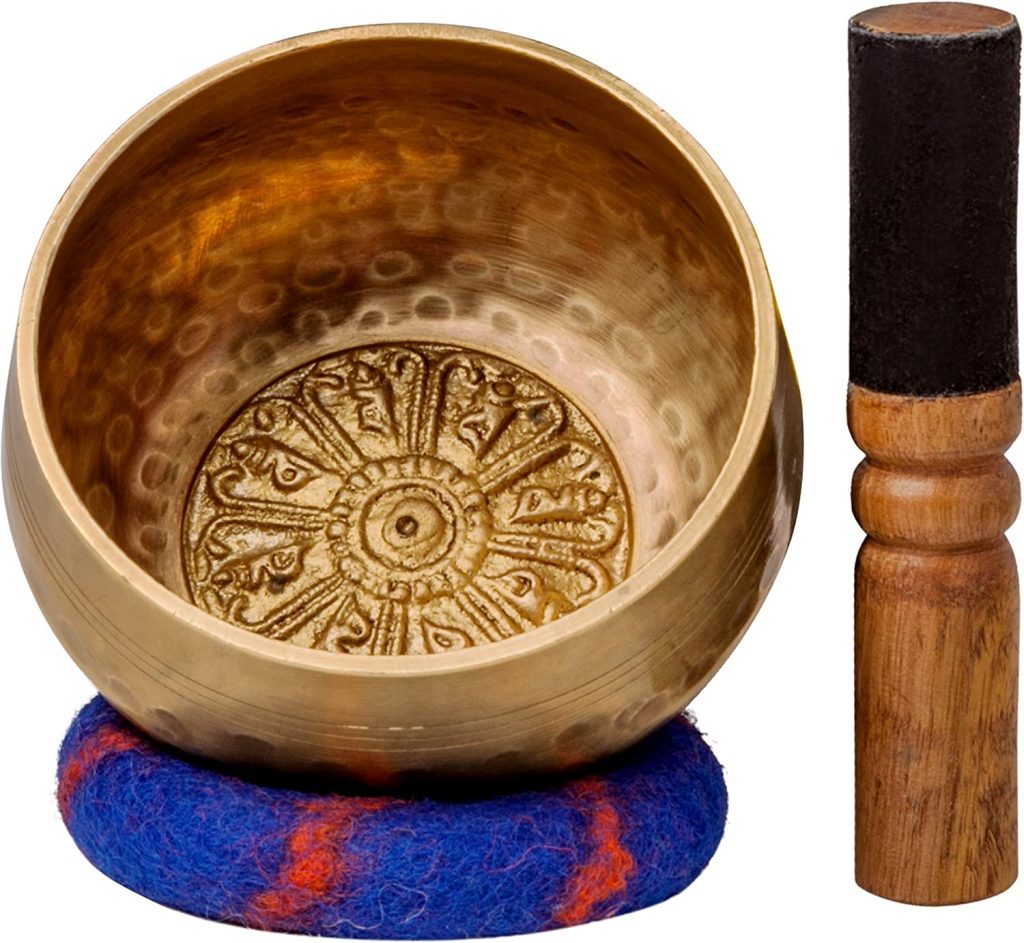
If you struggle to stay consistent or focused during meditation, these simple tools can make the experience calmer, easier, and more enjoyable
Meditation can feel challenging at times, whether you’re new to the practice or have been meditating for years. While you don’t need anything fancy to sit and breathe, the right tools can make your practice more comfortable, focused, and enjoyable.
Simple items such as cushions, mala beads, incense, or a singing bowl can help you sit with better posture, reduce fidgeting, and create a calming atmosphere. Many of these tools are used in meditation classes and retreats, and they’re easy to bring into your home practice.
You don’t have to use them every time you meditate, but having supportive tools nearby can encourage you to build a steady routine. They also engage your senses, helping your mind settle and your body relax.
Below are six helpful meditation tools that can deepen your practice and make each session feel more grounded and meaningful.
1. Mala Beads

Mala beads- often called prayer beads or a rosary in English are traditionally used for Japa meditation, where you repeat a mantra or count your breath. They are helpful for both beginners and experienced meditators because they give your hands something to focus on, which naturally steadies the mind.
Mala beads are used in many spiritual traditions.
- In Buddhism, they support practices like breath counting and loving-kindness meditation.
- In Hinduism, they are commonly seen with priests, saints, and practitioners who use them to repeat sacred mantras.
Most malas contain 108 beads, a number considered sacred. As you move through the beads one for each repetition you can easily track your mantra or breath without thinking about counting. This rhythmic movement helps you stay present and maintain concentration.
Malas are made from various materials such as crystals, gemstones, sandalwood, Bodhi seeds, and other natural beads. Each mala also has a larger guru bead (or Meru bead) and often a tassel. This bead marks the starting and ending point of the cycle.
Simply holding a mala can help you feel grounded. Using it during meditation can:
- Improve focus
- Slow your breathing
- Reduce restlessness
- Deepen your awareness
Whether you use them for chanting, breath meditation, or quiet contemplation, mala beads are a gentle and effective tool to support a calm, centred practice.
Tip: Start with one mantra and complete a full round (108 beads) once a day to build consistency.
2. Meditation Chairs and Cushions
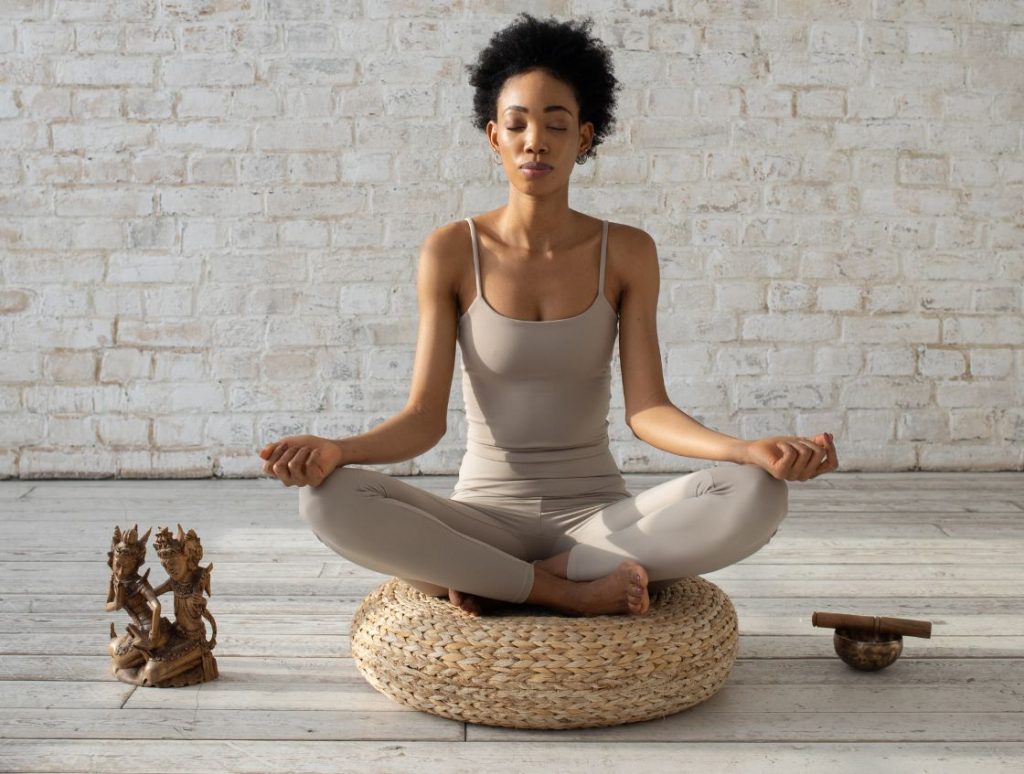
Meditation chairs and cushions make your practice more comfortable by supporting proper posture. They are compact and easy to place in a dedicated meditation corner, creating a gentle reminder to sit whenever you see them.
For people who meditate on their knees, a meditation chair can help protect the knees and reduce pressure on the joints. Cushions also offer steady support for the hips and lower back, making it easier to sit for longer periods without discomfort.
One of their biggest benefits is spinal alignment. A well-designed cushion or chair helps you sit upright naturally, so you don’t have to keep adjusting your posture mid-practice. This reduces fidgeting and helps you stay focused.
The added comfort in your knees, hips, and sitting bones allows you to settle into a calm, meditative mindset more quickly. Many practitioners also carry their cushions to retreats or while travelling, as they are lightweight and easy to transport.
Using a meditation cushion or chair is a simple way to deepen your practice, stay comfortable, and maintain a relaxed yet steady posture.
Tip: If your hips feel tight, place a folded blanket under your cushion to raise your seat and reduce strain.
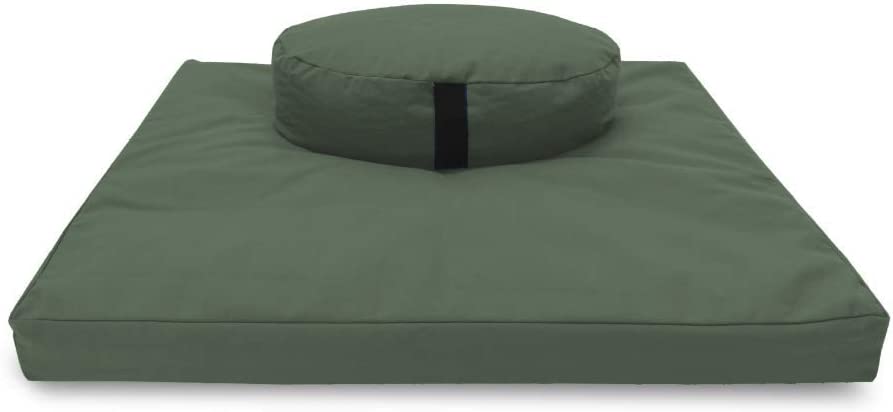
3. Incense and Candles

Incense has been used for centuries in temples, homes, and spiritual spaces. In many traditions, it is offered to deities or used to cleanse the environment and remove heavy or negative energy.
Today, incense is also popular for meditation because its fragrance helps calm the mind. There are many soothing scents available such as sandalwood, lavender, or jasmine-made from natural oils, herbs, and resins. Incense comes in different forms, including sticks, cones, and clusters, and you can choose from a wide range of holders, from simple bowls to beautifully carved designs.
If incense feels too strong, scented candles are a gentle alternative. Candles burn longer, offer a wider range of fragrances, and add a warm, calming atmosphere to your meditation space. Lighting a soft, soothing candle before you sit can help you relax and settle into your practice more easily.
A candle flame also represents the fire element and brings a natural, grounding presence into the room. Many meditators use the flame for Trataka, an open-eye practice that strengthens focus and supports mental clarity.
Both incense and candles create a peaceful environment, helping you enter a meditative state with ease.
Tip: Choose lighter scents like lavender or lemongrass if you’re sensitive to strong fragrances.
4. Tibetan Singing Bowl
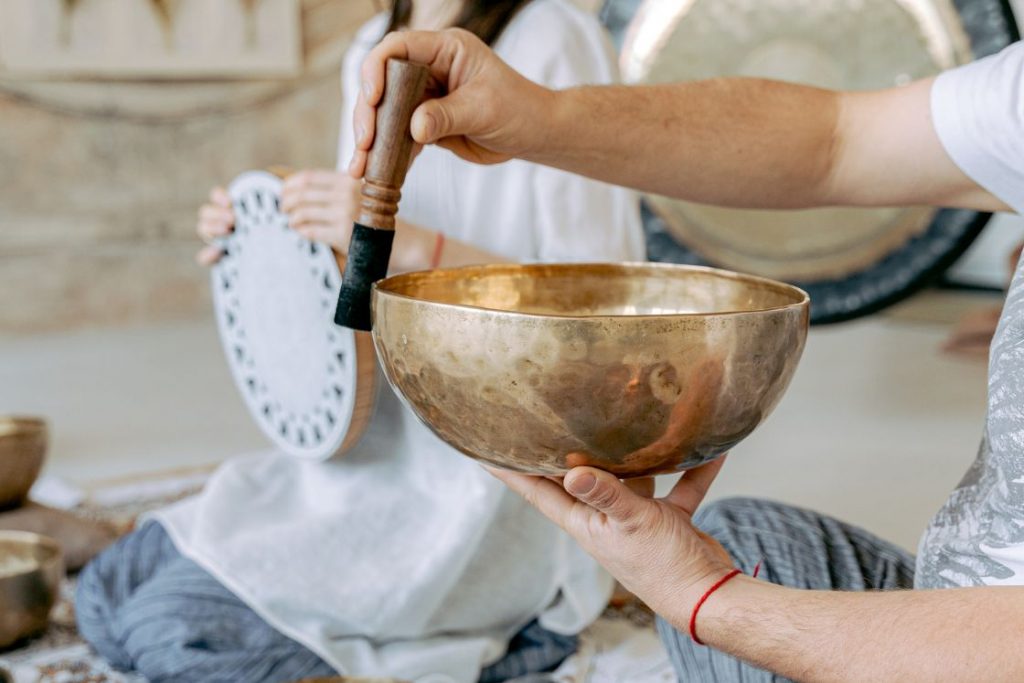
Tibetan singing bowls also known as Suzu gongs or ring gongs- are widely used in Buddhist practice and are considered one of the most effective tools for meditation. Their soothing tones and gentle vibrations have a strong calming effect on the mind and body.
Many people use singing bowls to deepen meditation, balance their energy, and support overall well-being. When the bowl is struck or played in a circular motion, it produces a rich, resonant sound that helps quiet the mind.
Using a singing bowl during meditation increases your awareness of sound and vibration, which is often referred to as sound bathing. This sensory awareness helps slow your breathing, reduce stress, and bring you into a relaxed, meditative state more easily.
Each bowl has its own frequency. Choosing a bowl with a tone that resonates with you can help your body unwind and settle into the practice. Many meditators ring the bowl at the beginning and end of their session as a symbolic way to enter and close their meditation space.
A Tibetan singing bowl is a simple yet powerful tool for creating stillness, easing tension, and enhancing your overall meditation experience.
5. Mandala
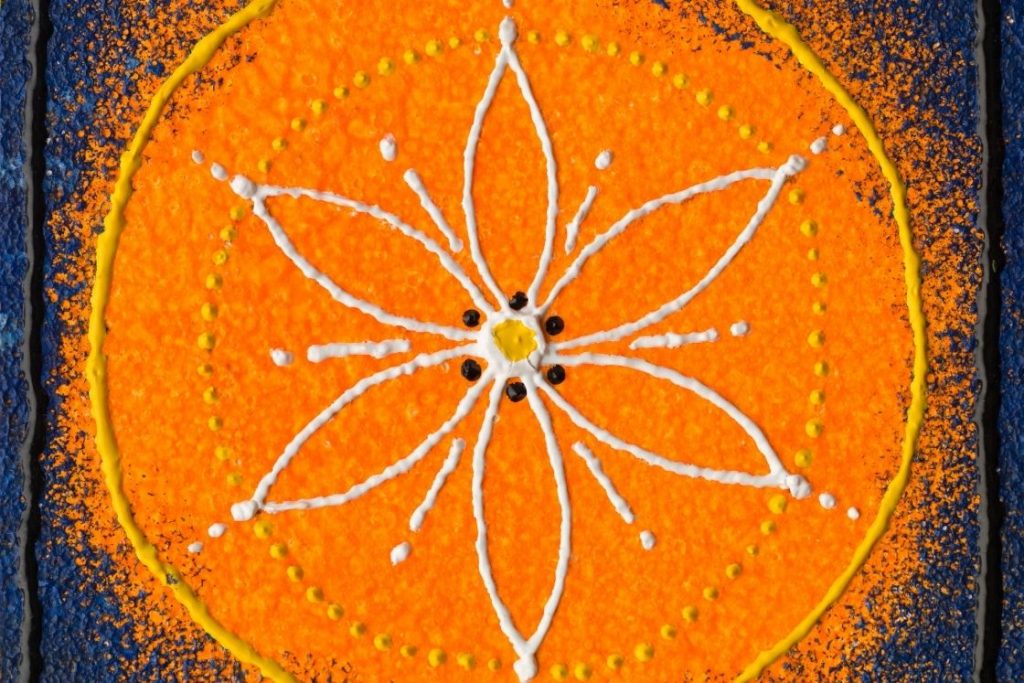
Mandalas are bright geometric designs that represent balance and inner clarity. Many traditions use them as symbols of guidance, wisdom, and a peaceful mind.
A mandala usually has a clear central point, with patterns, shapes, and colours expanding outward in a balanced, symmetrical way. This symmetry naturally draws your attention to the centre, helping the mind settle. For many people, looking at a mandala creates a calming, almost hypnotic effect.
During meditation, a mandala serves as a visual anchor. It helps reduce racing thoughts and keeps your focus steady, guiding you gently into a deeper state of awareness. Buddhist monks often use mandalas to cultivate mindfulness, compassion, and healing.
The repeated patterns and colours encourage present-moment attention, making mandalas an effective tool for both beginners and experienced meditators.
Choose a mandala whose colours or design resonate with you. When the imagery feels meaningful, it becomes easier to enter a peaceful, focused meditative state.
6. Crystals and Stones
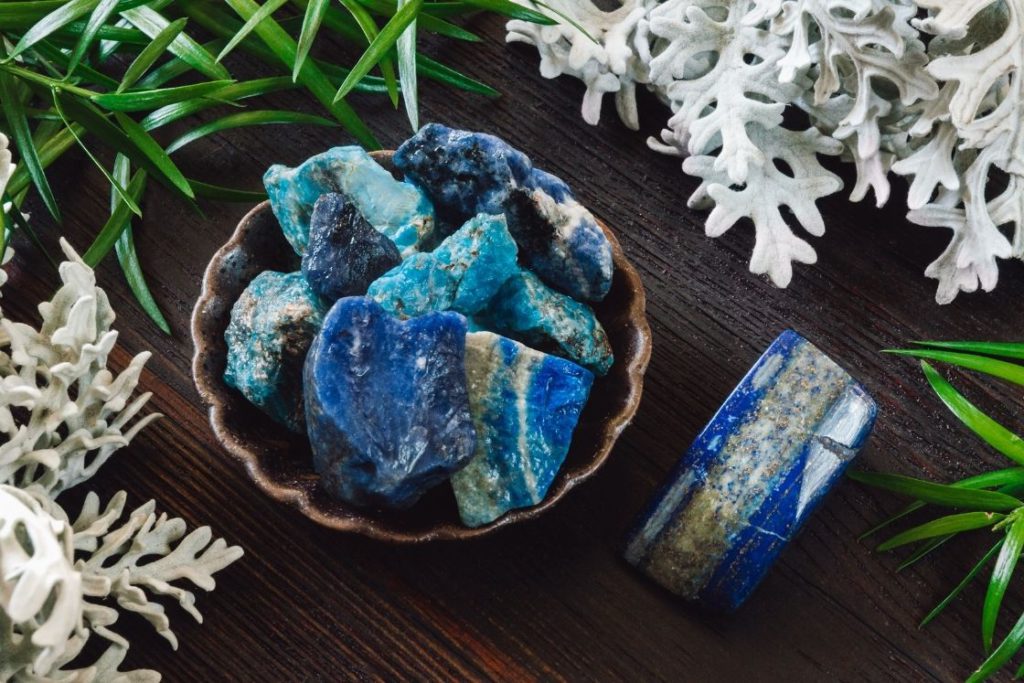
Crystals and stones are often used in meditation because many people believe they carry unique vibrations that can support healing, grounding, and emotional balance. When you meditate with a crystal, it can help strengthen your intentions and deepen your sense of focus.
Also read: Crystals and stones of 7 Chakras
Crystals are known to reduce anxiety, calm the mind, and help you feel more centred. Holding a stone in your hands—or placing it on the body—adds a grounding sensation that makes it easier to stay present during your practice.
Different crystals are associated with different qualities, so choosing the right one is important. The right stone can help you reach deeper meditative states or support specific areas of healing or personal growth.
Good beginner-friendly crystals include:
- Clear Quartz – clarity and energy balance
- Amethyst – calmness and intuition
- Selenite – cleansing and peace
- Tiger’s Eye – grounding and confidence
- Turquoise – protection and emotional balance
An easy way to start is by choosing crystals linked to your seven chakras or creating a small crystal grid around your meditation space. Many practitioners simply hold the crystal they feel drawn to, allowing its energy to support their practice naturally.
Crystals and stones offer a gentle, grounding presence that can enhance your meditation and help you connect more deeply with yourself.
Conclusion
You don’t need all six tools at once. Start with one or two that feel right for you. Over time, these simple additions can help you sit longer, relax deeper, and stay consistent with your practice. A comfortable and supportive environment makes meditation more enjoyable and easier to return to each day.


